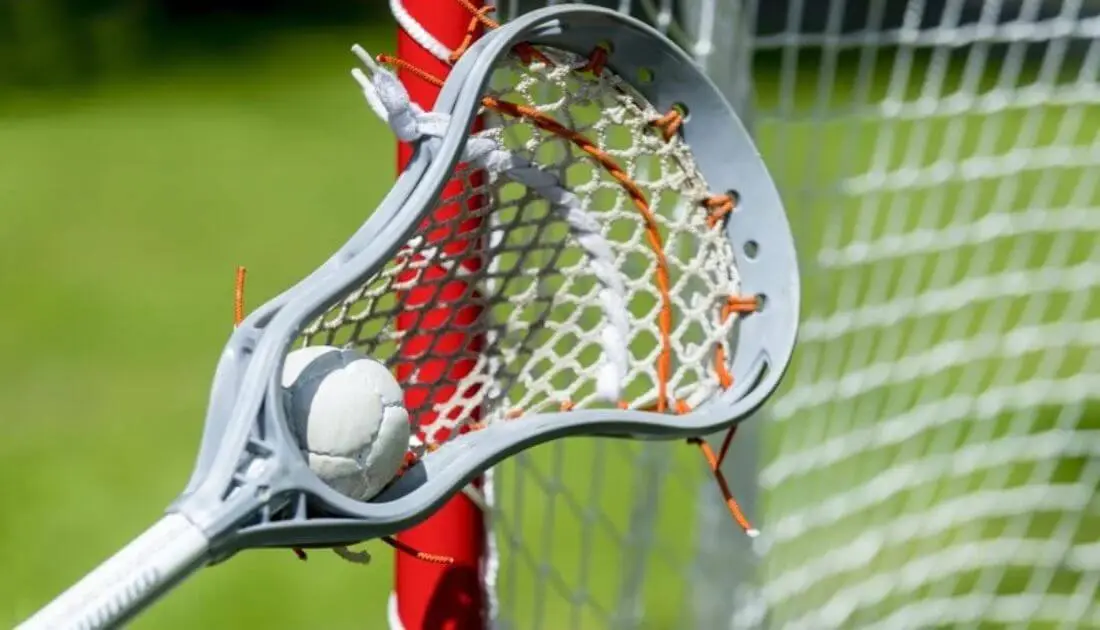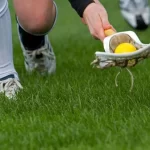Lacrosse is a fast-paced and physically demanding sport that requires players to have the right equipment, including the right mesh. Mesh is the part of the lacrosse stick that holds the ball and allows players to pass and shoot.
What is the Best Mesh for Lacrosse?
Choosing the right mesh can have a significant impact on a player’s performance, so it is essential to know what to look for when making a selection.
Types of Mesh
There are three main types of mesh used in lacrosse sticks: hard mesh, soft mesh, and semi-soft mesh. Each type has its own unique characteristics and benefits, making it important to understand the differences and choose the right mesh for your playing style and position.
Hard Mesh
Hard mesh is the stiffest type of mesh, made from plastic or nylon fibers. It is ideal for players who need more accuracy in their shots and want to maintain control of the ball. The hard surface of the mesh makes it easier to control the ball and get quick shots off.
Soft Mesh
Soft mesh is a more flexible and forgiving type of mesh. It is made from softer fibers, such as string or twine. Soft mesh is ideal for players who need more feel and hold on the ball, as it allows them to grip the ball more easily. This type of mesh is typically favored by attackers and middies.
Semi-Soft Mesh
Semi-soft mesh combines the benefits of both hard and soft mesh. It is made from a blend of stiff and flexible fibers, providing players with a balance of control and feel. This type of mesh is a popular choice among players who need a combination of accuracy and grip.
Read Also: How to Soften Lacrosse Mesh
Factors to Consider When Choosing Mesh
When choosing the best mesh for lacrosse, there are several key factors to consider, including:
Playing Style and Position: The type of mesh that is best for you will depend on your playing style and position. Attackers and middies typically prefer soft mesh for its grip, while defenders and goalies often prefer hard mesh for its accuracy.
Weather Conditions: Weather can also impact the type of mesh you choose. In hot and humid weather, soft mesh may become softer and lose its shape, while hard mesh may become brittle and break. In cold weather, soft mesh may become stiff and hard to control, while hard mesh may become softer and more flexible.
Durability: The durability of the mesh is also an important factor to consider. Hard mesh is typically more durable than soft mesh, but it may also be more prone to breaking. Soft mesh is less durable but may last longer in hot and humid conditions.
Budget: Finally, budget is a key consideration when choosing the best mesh for lacrosse. Hard and semi-soft mesh are typically more expensive than soft mesh, but they may offer better performance and durability.
Comparison of Different Types of Mesh for Lacrosse
| Type of Mesh | Ideal for | Pros | Cons |
| Hard Mesh | Defenders and Goalies | Improved accuracy and control | Brittle in hot and humid weather |
| Soft Mesh | Attackers and Middies | Improved grip and feel | Less durable |
| Semi-Soft Mesh | All positions | Balance of control and feel | More expensive than soft mesh |
Conclusion
In conclusion, the best mesh for lacrosse will vary based on the player’s position, playing style, weather conditions, durability, and budget. Factors such as stiffness, flexibility, and feel will play a role in determining the best mesh for an individual player.
Hard mesh is ideal for players who need more accuracy in their shots, while soft mesh is best for players who need more feel and grip on the ball. Semi-soft mesh provides a balance of control and feel, making it a good choice for players who want the best of both worlds.
Ultimately, the best mesh for lacrosse will depend on the individual player’s preferences and playing style, and it is recommended to try different types of mesh before making a final decision.
FAQ’s on Best Mesh for Lacrosse
Lacrosse mesh is the part of the lacrosse stick that holds the ball and allows players to pass and shoot. It is made from plastic or nylon fibers, string, or twine, and can be either hard, soft, or semi-soft.
Hard mesh is the stiffest type of mesh and is ideal for players who need more accuracy in their shots. Soft mesh is more flexible and forgiving, ideal for players who need more feel and grip on the ball. Semi-soft mesh is a blend of stiff and flexible fibers, providing a balance of control and feel.
The type of mesh that is best for you will depend on your playing style and position, as well as weather conditions and durability. Attackers and middies typically prefer soft mesh, while defenders and goalies often prefer hard mesh.
In hot and humid weather, soft mesh may become softer and lose its shape, while hard mesh may become brittle and break. In cold weather, soft mesh may become stiff and hard to control, while hard mesh may become softer and more flexible.
Hard mesh is typically more durable than soft mesh, but it may also be more prone to breaking. Soft mesh is less durable but may last longer in hot and humid conditions.
Hard and semi-soft mesh are typically more expensive than soft mesh, but they may offer better performance and durability.
Yes, it is recommended to try different types of mesh to find the one that works best for you. This will allow you to see the differences in performance, control, and feel and make an informed decision.




